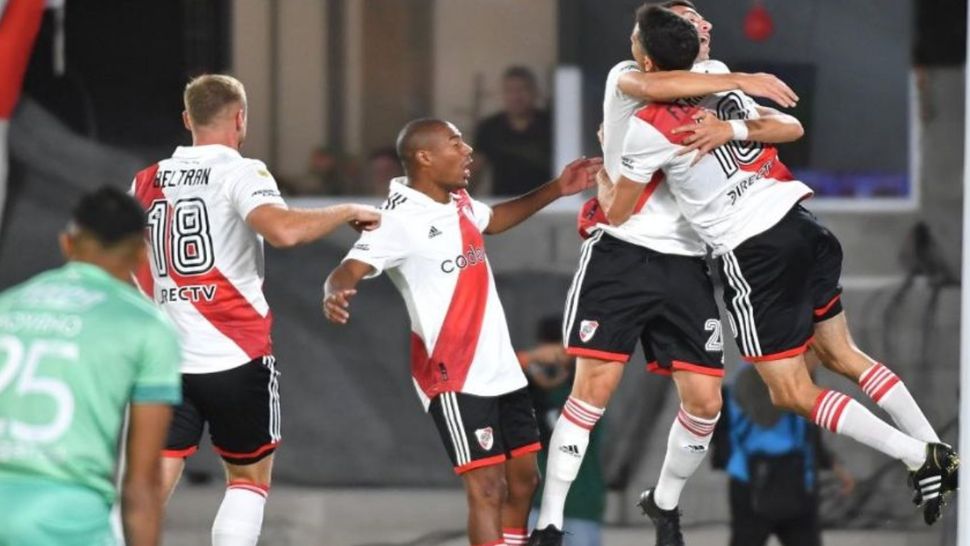The rivalry between Gimnasia y Esgrima La Plata and River Plate is one of the most intense in Argentine football. Known for their passionate supporters and rich histories, these teams often deliver thrilling matches filled with drama and tactical intrigue. This article delves into the tactical strategies employed by Gimnasia during their encounters with River Plate, analyzing specific games, formations, and player performances that illustrate their approach to one of Argentina’s football giants.
Understanding Gimnasia’s Tactical Philosophy
Gimnasia, often seen as the underdog when facing River Plate, has developed a tactical philosophy that emphasizes resilience, discipline, and strategic counterattacks. Under the guidance of their coaching staff, Gimnasia has sought to exploit weaknesses in their opponents while reinforcing their own defensive structures.
- Defensive Solidity: Gimnasia often sets up with a compact defensive block, minimizing spaces for the opposing team to exploit.
- Counterattacking Football: The team frequently utilizes quick transitions to capitalize on turnovers, relying on fast wingers and an agile forward line.
- Set-Piece Threat: Recognizing the importance of dead-ball situations, Gimnasia trains extensively on offensive set pieces to catch opponents off guard.
Key Tactical Matchups: Analyzing Recent Encounters
To better understand Gimnasia’s tactics, we can analyze a few recent encounters with River Plate. Each match provides a unique insight into how Gimnasia adapts and responds to the challenges posed by River Plate’s style of play.
Match Analysis: Gimnasia vs. River Plate (2022)
In their 2022 matchup, Gimnasia employed a 4-4-2 formation that allowed them to maintain defensive integrity while offering support in midfield.
- Defensive Shape: Gimnasia’s backline remained disciplined, with full-backs staying close to the wingers, ensuring that River’s wide players were contained.
- Midfield Battle: The midfield duo was tasked with breaking up play and quickly distributing the ball to forwards during counterattacks.
- Key Player Performances: The standout performance came from their goalkeeper, who made several crucial saves to keep the score level.
Match Analysis: Gimnasia vs. River Plate (2023)
In the 2023 encounter, Gimnasia’s approach evolved slightly, shifting to a more aggressive 4-3-3 formation that aimed to press River Plate higher up the pitch.
- High Pressing: Gimnasia sought to disrupt River’s build-up play by applying pressure on their defenders, forcing errors.
- Width in Attack: By utilizing wingers effectively, Gimnasia stretched River’s defense, creating gaps for their forwards to exploit.
- Transition Play: Quick transitions from defense to attack allowed Gimnasia to capitalize on River’s momentary lapses in concentration.
Key Players in Gimnasia’s Tactics

No tactical analysis would be complete without examining the key players who embody Gimnasia’s strategic vision. Their contributions on the pitch are essential to executing the game plan effectively.
- Goalkeeper: The goalkeeper serves as the last line of defense, showcasing excellent shot-stopping abilities and distribution skills.
- Defensive Midfielder: This player acts as a shield for the backline, breaking up opposition attacks and initiating counterplays.
- Wingers: Speedy wingers are crucial for stretching the opposition and creating one-on-one opportunities.
Statistical Insights: Performance Metrics

To further enrich our analysis, let’s consider some of the statistical metrics that reflect Gimnasia’s performance against River Plate over the years.
- Possession Stats: In many encounters, Gimnasia has often averaged around 45% possession, indicating their strategy of soaking up pressure.
- Shots on Target: Aiming for efficiency, Gimnasia has managed to have a shot accuracy of around 50% in recent games against River, showcasing their ability to convert chances.
- Defensive Actions: The number of tackles and interceptions made by Gimnasia players often outnumbers their opponents, illustrating their commitment to defending.
Case Study: Tactical Adjustments
One of the most interesting aspects of Gimnasia’s tactics is their ability to adapt to River Plate’s style of play. For instance, in a pivotal match where River played a more attacking 4-3-3, Gimnasia adjusted their formation to a more defensive 5-4-1, emphasizing solidity over attacking flair.
- Formation Shift: The introduction of an additional center-back allowed Gimnasia to counteract River’s attacking threats.
- Adjusting Roles: Midfielders were instructed to drop deeper, providing extra support to the defense and limiting space for River’s creative players.
- Utilizing Substitutions: Late-game substitutions focused on introducing fresh legs to maintain defensive shape and counterattack effectiveness.
Conclusion: Key Takeaways and Future Implications

The tactical battle between Gimnasia y Esgrima La Plata and River Plate reveals much about the nature of Argentine football. Gimnasia’s strategies, from defensive solidity to opportunistic counterattacks, showcase their adaptability and determination in the face of a formidable opponent. Key insights from their recent matches highlight the importance of tactical flexibility and player roles in achieving success on the pitch.
As Gimnasia continues to refine their tactics and develop their squad, their encounters with River Plate will remain a focal point for fans and analysts alike. Understanding these dynamics not only enhances our appreciation of the game but also underscores the strategic depth that defines football at the highest levels.
In summary, Gimnasia’s tactical approach against River Plate exemplifies the beauty of football strategies; to not just play, but to play smart, making every match a contest of wits, skill, and resilience.